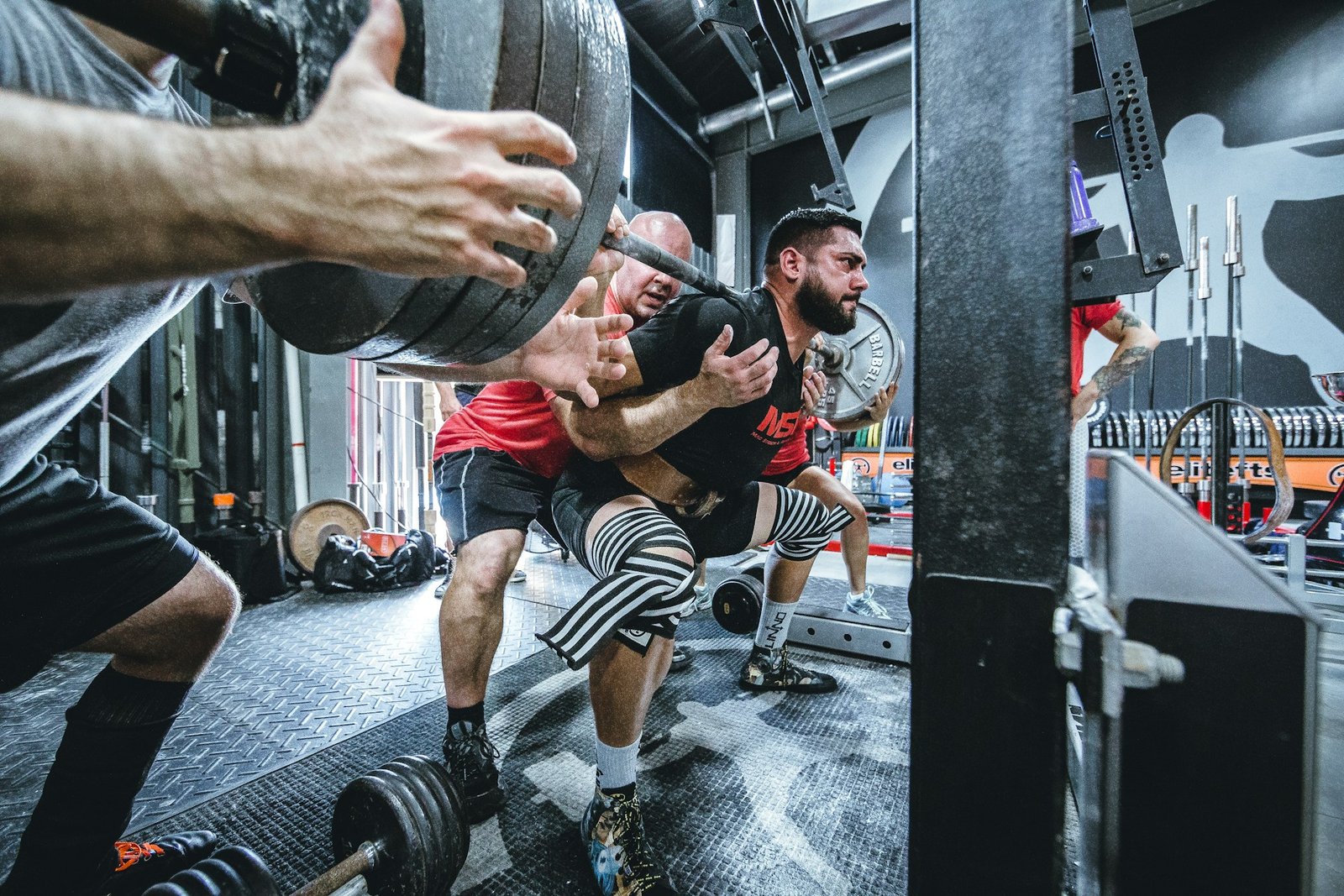In the New York Times today, Gina Kolata fights through the piles of misinformation about how to heal an injured hamstring.
Coincidentally, I just got a question about the single-leg stiff-leg deadlift today, one of my personal favorite moves, and a great tool for building injury-proof hammies, provided you do them correctly, as in this video:
It’s an older video (I don’t even think the Mike Boyle link works anymore), but the best one on YouTube at the moment.
Here’s Gray Cook on the movement:
Now, let me give you some hints for training that dead lift. Lift a big weight, keep the shoulders relaxed and don’t forget to breathe. Keep the grip strong, that’ll keep your shoulders safe. Really extend that back leg, both at the knee and the hip; don’t extend it higher than the spine, it should look like an extension of the spine. If your chest goes down two inches, you lift that back heel two inches, if your chest goes up two inches, you lower that back heel two inches. They should be perfectly connected; it should appear as an extension of your spine.
The last point is particularly important and something you rarely see done right; the woman in the video above DOES do it right, and that’s why I selected that demo of the exercise and not one of the others online.
More from Gray Cook:
Remember, a functional representation of your left-right stability is the cross body single arm, single leg dead lift. And, a functional strength representation of your hip drive and core stability is the
double arm, single leg deadlift, Kettlebell dead lift. One focuses and enhances your strength; the other dials in your function and stability. If you feel you need more stability than strength, if you feel you are wobbling on that off center load with only one arm pulling the Kettlebell, spend more time there, but don’t neglect the two arm pull. If you feel like, ‘my balance is impeccable, I can pull that one Kettlebell, the other side is just really hard, I feel like I want to drop the weight or something like that’, then your body is basically telling you, we’ve got a strength problem. Lighten the weight a little bit, but lift two and really do those pulls. We’re not looking for thirty reps here, we’re looking for between one and five reps. Shoot for four, get a weight that you know on your best day you can do about four times and never finish ugly. If the third one is the last one you’ve got, set them down and be done with it. Lastly, when you do a dead lift, you set the weight down each time. I just said basically do a set of four, and really, what I mean is do four sets of one. Reach down, dead lift the weight, set it back down under control, stand back up without the weight, gain your composure and gain your posture, clear a breath, go back down and get the weight again. Actually, it’s four sets of one, not one set of four, but you know how we’re looking at it.
Cook suggests kettlebells because they sit higher on the floor than dumbbells; for a similar effect, put your dumbbell or dumbbells on an aerobic step. You never want to lose the back integration or the connection of the trunk with the back leg. There’s also a good prescription for application of the movement: use two dumbbells for strength, one for stability.
Incidentally, if you’ve ever heard Gray Cook lecture, you’ll know why he writes like that–it’s pretty much a direct transcription of the way he talks.
Have a great weekend!

Leave a Reply